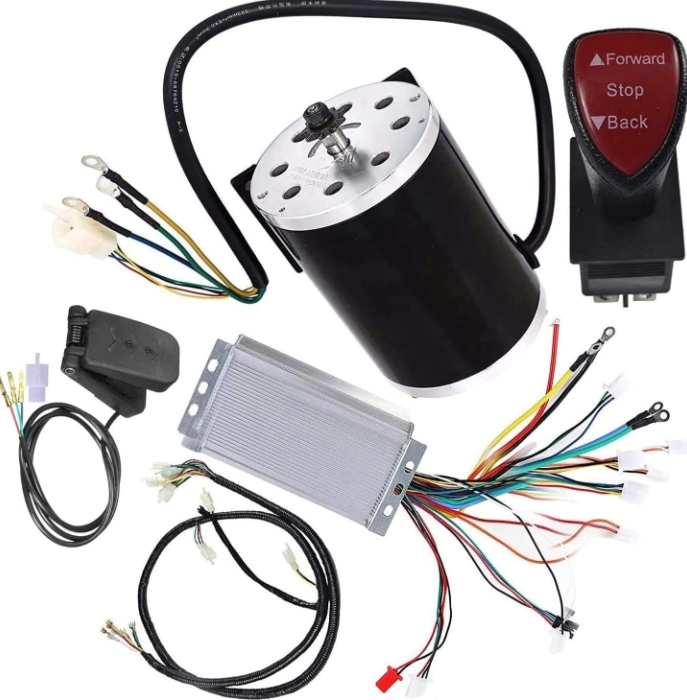When we talk about “how fast is 48V”, it isn’t necessarily about physical speed but a glimpse into the efficiency and performance of 48V systems found in various technologies. Read on to discover the power and capability of 48V systems across different applications.
Introduction to 48V Power Systems
The term 48V typically refers to the nominal voltage of a particular power system, which is widely used in various applications, from electric bicycles (e-bikes) to home energy storage solutions. While ‘speed’ in the traditional sense might imply velocity or quickness, in the context of electric and electronic systems, it often relates to efficiency, performance, and the quick delivery of power. In this post, we’ll explore the concept of ‘speed’ in 48V systems and how it affects the different technologies that utilize these systems.
Applications of 48V Systems
- E-bikes and Electric Vehicles (EVs)
- Home Power Solutions
- Data Centers and Telecommunications
- Industrial Equipment
E-bikes And Electric Vehicles (EVs)
48V systems are commonly found in e-bikes and are becoming increasingly popular in lightweight electric vehicles. When it comes to e-bikes, 48V systems offer a balance between power and efficiency, which translates to better performance in terms of torque, acceleration, and overall ride quality.
| Voltage | Performance | Range | Acceleration |
|---|---|---|---|
| 36V | Adequate for casual use | Good | Slower |
| 48V | Great balance of power and efficiency | Increased | Faster |
| 52V+ | Better for performance enthusiasts | Varies | Quickest |
Home Power Solutions
For home energy storage and solar power systems, 48V is often the standard for off-grid setups. The ‘speed’ in this context can mean how quickly the system can deliver power to your home applications during peak Demand. It’s about the efficiency of transferring stored energy to usable electricity.
Data Centers And Telecommunications
In data centers and telecom, 48V systems help reduce energy loss, which is crucial when it comes to the uptime and reliability of these services. The ‘speed’ or efficiency in energy conversion directly impacts operational efficiency and the cooling requirement, which is a significant concern for such equipment.
Industrial Equipment
Industrial applications typically require robust and reliable power sources. Here, the 48V standard can contribute to safer and more efficient operation of machinery with less risk of electric shock and better power distribution.
48V System Efficiency and Speed
When evaluating the ‘speed’ of a 48V system, you’re looking at how efficiently and effectively the system operates. This includes:
- Power conversion speed: The time it takes to convert stored energy into usable power for an application.
- Energy distribution speed: How quickly and effectively the power can be distributed within the system to the point of use.
- Charging speed: In battery-based 48V systems, the speed at which the battery can be recharged is also crucial.
Credit: crazycyclists.com
The Future of 48V Systems
As technology advances, we can only expect the speed and efficiency of 48V systems to increase. Innovations in battery technology, energy conversion, and power distribution will continue to make these systems more capable and more prevalent in various industries and applications. They will continue to deliver not only ‘speed’ in their performance but also improvements in economy, safety, and sustainability.
Frequently Asked Questions For How Fast Is 48v
How Fast Does A 48v E-bike Go?
Electric bikes with 48V batteries typically reach speeds of 20 to 28 mph, depending on the motor wattage and the bike’s design.
What Is The Range Of A 48v Battery?
The range of a 48V battery can vary from 25 to 70 miles, influenced by factors such as the battery’s capacity (measured in ampere-hours), rider’s weight, terrain, and assist level.
Is 48v Good For Electric Vehicles?
Yes, a 48V system is common in electric bikes and scooters for its balance between performance and efficiency, offering adequate speed and power for daily commuting and recreational use.

